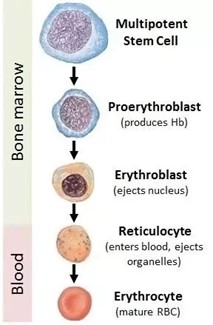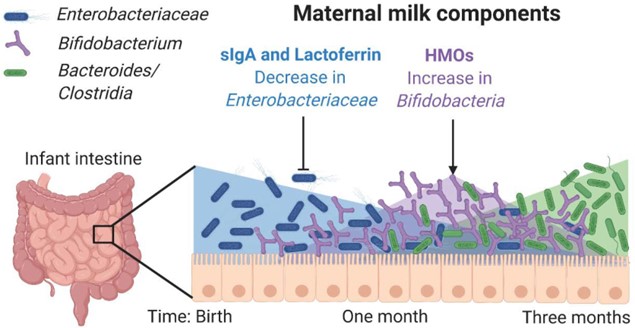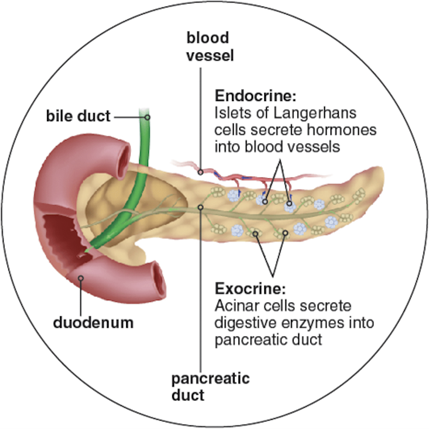A red blood cell contains a large nucleus; it is thicker near the center and thin around the rim of the cell:
False
True.
The Correct Answer is A
Red blood cells do not contain a large nucleus; in fact, they do not contain a nucleus at all when they are mature.
This is an adaptation that allows them to carry more hemoglobin, the protein that binds oxygen, and to squeeze through narrow capillaries.
Choice B is wrong because it contradicts the fact that red blood cells are enucleated (lacking a nucleus) in humans and most mammals.
Some vertebrates, such as birds and fish, have nucleated red blood cells, but they are not thick near the center and thin around the rim of the cell.

Nursing Test Bank
Naxlex Comprehensive Predictor Exams
Related Questions
Correct Answer is C
Explanation

A newborn is protected against certain digestive and respiratory infections by IgA received via the mother’s milk.
IgA is the main antibody found in breast milk, and it coats and seals the baby’s respiratory and intestinal tract to prevent germs from entering the body and bloodstream.
Choice A is wrong because the blood does not contain IgA, which is the main antibody that protects mucosal membranes.
Choice B is wrong because the placenta does not transfer IgA to the fetus, but only some other antibodies such as IgG.
Choice D is wrong because the intestine does not produce IgA in newborns, as they are born with low levels of IgA.
Correct Answer is B
Explanation

The pancreas is an organ that has both endocrine and exocrine functions.
As an endocrine gland, it secretes hormones such as insulin and glucagon that regulate blood sugar levels.
As an exocrine gland, it releases substances that neutralize stomach acid and digestive enzymes that break down proteins, fats, and carbohydrates.
Choice A is wrong because the thyroid gland is only an endocrine gland.
It secretes hormones such as thyroxine and calcitonin that regulate metabolism and calcium levels.
Choice C is wrong because the anterior pituitary is only an endocrine gland.
It secretes hormones such as growth hormone, prolactin, and adrenocorticotropic hormone that regulate growth, lactation, and stress response.
Choice D is wrong because the liver is mainly an exocrine gland. It produces bile that helps digest fats and detoxifies the blood.
The liver also has some endocrine functions, such as producing insulin-like growth factor 1 and angiotensinogen, but these are not its primary roles.
Whether you are a student looking to ace your exams or a practicing nurse seeking to enhance your expertise , our nursing education contents will empower you with the confidence and competence to make a difference in the lives of patients and become a respected leader in the healthcare field.
Visit Naxlex, invest in your future and unlock endless possibilities with our unparalleled nursing education contents today
Report Wrong Answer on the Current Question
Do you disagree with the answer? If yes, what is your expected answer? Explain.
Kindly be descriptive with the issue you are facing.
